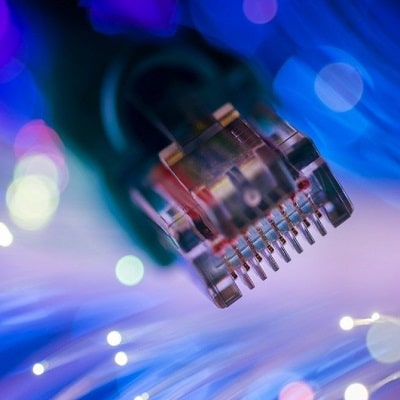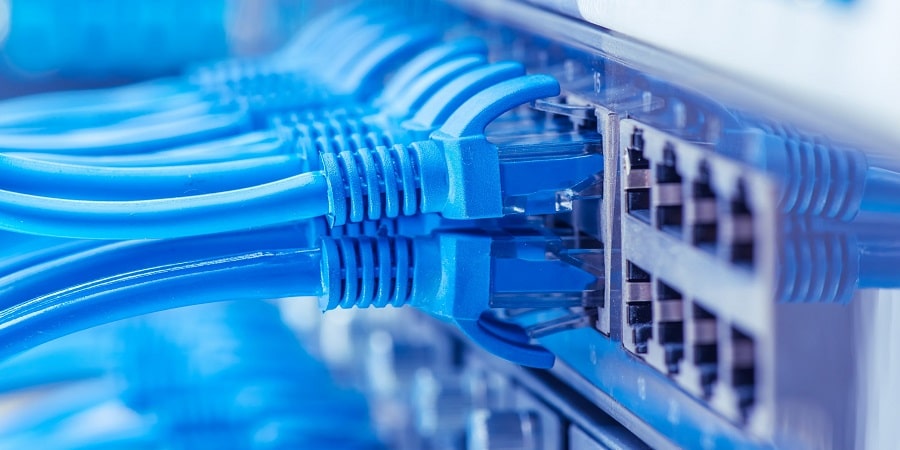
Record transfer speed
In Japan, once again surprised the whole world. This time, local scientists were able to demonstrate a record data transfer rate. Interestingly, this was achieved using a very thin fiber optic cable, which can also be used at home.
The results of the test, in fact, surprised everyone. In just a second, a million gigabits were transmitted. By comparison, the data rate of the most powerful submarine fiber optic cable is about five times slower. At the same time, the Japanese cable has only four cores, in total not exceeding 0.5 mm in diameter.
The developers are confident that due to the availability of the cable design, it will very soon be widely used in everyday life. This will increase the speed of the Internet millions of times.
Technology Development
With the help of computers, not only the daily life of people is changing, but the entire world economy. With their help, the modern financial market, the network entertainment industry, Internet work and much more are developing.
This is due not only to the use of computers, but also to the network that provides data transfer. In 2020, internet traffic worldwide exceeded three zettabytes. On average, this is about 1 GB per day per person. To understand the scale, it is enough to remember that 30 years ago the traffic was only 100 GB for all users.
Now modern technologies penetrate all points of the planet, even the most inaccessible. At the moment, only Antarctica has not been connected to an underwater cable. And the number of mobile phones is not much less than the population of the planet. They and other devices bind humanity together. And fiber optic cables play a major role in this.

Features of optical fiber
The main advantage of optical fiber is its bandwidth, which is much better than electrical cable or radio waves. In addition, it is distinguished by high durability and relative cheapness.
Glass is used in the production of fiber optics. Then infrared waves are transmitted through it. They do not move along the fiber, but obliquely. This is similar to the movement of a table tennis ball in a tube as it bounces off the walls.
A fiber optic cable can contain several strands. Each of them is a separate channel for data transmission. Therefore, the more lived, the more information can be transmitted over the cable. However, the thickness of the cable affects its cost. Therefore, scientists wondered about the increase in the throughput of each individual vein. And in Japan it turned out to solve this problem.
Communication of the future
But how were Japanese scientists able to achieve such a result? After all, the wave signal occupies several close frequencies, just like a car occupies a certain place on the road. And the wider the track, the more cars can move along it. But scientists, on the contrary, “left the width of the road unchanged, increasing the number of cars.” The movement, at the same time, did not stop, but only became faster.
The point here is that fiber optic communication has two standard frequency ranges. However, Japanese scientists added a third to it, thanks to which they were able to achieve incredible results. But it should be understood that such innovations have their drawbacks. One of them is that the material of the cable always absorbs infrared waves a little. Because of this, special amplifying lasers should be located in certain places in it, which allow you to save the signal speed. And all this will require updating if the new optical fiber becomes used everywhere.
At the same time, in all other respects the cable is the most common and the data transmitted through it can be read by any standard device. All this opens up broad prospects for humanity. After all, in the end it will turn out not only to speed up the Internet. All this will lead to the need to increase the capacity of hard drives and processor power.
